

Articles
How To Store Sublimation Prints
Modified: December 7, 2023
Learn how to properly store sublimation prints with these informative articles. Keep your prints in pristine condition for years to come.
(Many of the links in this article redirect to a specific reviewed product. Your purchase of these products through affiliate links helps to generate commission for Storables.com, at no extra cost. Learn more)
Introduction
When it comes to sublimation printing, you invest significant time and effort into creating vibrant and high-quality prints. Whether you’re a professional photographer, artist, or business owner, you want to ensure that your sublimation prints remain in pristine condition for years to come. One crucial aspect of preserving your prints is storing them correctly.
Storing sublimation prints involves more than simply tossing them into a drawer or stacking them haphazardly. Improper storage can result in damage to the prints, such as fading, color shifting, or even physical deterioration. To avoid such issues, it’s essential to follow best practices for storing sublimation prints.
In this article, we’ll explore the various aspects of storing sublimation prints and provide you with practical tips to keep your prints safe, organized, and well-preserved. From choosing the right storage materials to organizing and labeling your prints, we’ll cover everything you need to know. So, let’s dive in!
Key Takeaways:
- Preserve the vibrancy and longevity of your sublimation prints by choosing the right storage materials, preparing them properly, and creating a safe storage environment. Organize, label, and maintain your prints to ensure their quality for years to come.
- Safely display your stored sublimation prints by using archival-quality frames, UV-protective glass, and controlled environments. Handle prints with care, provide information, and monitor display conditions to showcase your work while maintaining print integrity.
Choosing the Right Storage Materials
When it comes to storing sublimation prints, selecting the right materials is crucial to protect them from environmental factors and potential damage. Here are some essential storage materials to consider:
- Archival-Quality Acid-Free Sleeves or Pockets: Invest in archival-quality sleeves or pockets made from acid-free materials. These protect your prints from acid degradation and prevent color shifting or deterioration over time. Look for sleeves or pockets specifically designed for sublimation prints to ensure a proper fit.
- Photographic Storage Boxes: Consider using archival-quality photographic storage boxes to store your sublimation prints. These boxes are designed to protect against light, dust, and moisture, keeping your prints safe and secure.
- Silica Gel Packs: To control moisture levels, place silica gel packs inside the storage boxes. Silica gel absorbs excess moisture, preventing mold or mildew growth that could damage the prints. Ensure that the silica gel packs are not in direct contact with the prints to avoid any accidental damage.
- Acid-Free Tissue Paper: Place acid-free tissue paper between each print to prevent them from sticking together or rubbing against each other. Acid-free tissue paper is also useful for wrapping prints individually before storing them in sleeves or pockets.
- Climate-Controlled Environment: Choose a storage area with stable temperature and humidity levels. Extreme heat, cold, or fluctuations in humidity can damage sublimation prints. Ideally, aim for a temperature between 65-75°F (18-24°C) and a relative humidity of 40-50%.
By investing in high-quality storage materials, you can ensure that your sublimation prints are protected from various environmental factors that can degrade their quality over time.
Preparing Your Sublimation Prints for Storage
Before you store your sublimation prints, it’s essential to prepare them properly to minimize the risk of damage. Follow these steps to ensure your prints are ready for long-term storage:
- Clean the Prints: Before placing your prints in storage, ensure they are free from dust, fingerprints, or any other contaminants. Use a soft, lint-free cloth or a microfiber cloth to gently wipe the surface of the prints. Avoid using harsh chemicals or cleaning agents that may cause discoloration or damage to the prints.
- Handle Prints with Clean Hands: Always wash your hands and ensure they are completely dry before handling sublimation prints. Oils and dirt on your hands can transfer to the prints and cause damage over time. Consider wearing cotton gloves to further protect the prints from fingerprints or smudges.
- Avoid Direct Contact: When handling prints, be cautious to avoid directly touching the image surface. The oils from your fingers can cause permanent damage or discoloration to the print. Hold the prints by the edges or use acid-free art handling gloves to ensure minimal contact.
- Flatten the Prints: If your sublimation prints have curled edges due to the printing process, it’s important to flatten them before storage. To do this, place the prints between acid-free boards or heavy books and leave them weighted down for a few days. This helps to restore the prints to their original flat position.
- Allow Prints to Fully Dry: Ensure that your sublimation prints are completely dry before storing them. If there is any residual moisture from the printing process, it can lead to mold growth or color distortion. Give the prints ample time to dry in a clean and dust-free area.
By following these simple preparation steps, you can ensure that your sublimation prints are clean, properly handled, and ready to be stored in a safe and secure manner.
Storing Sublimation Prints in a Safe Environment
Creating a safe storage environment for your sublimation prints is crucial to maintain their quality and longevity. Here are some key considerations when choosing the storage location:
- Avoid Sunlight and UV Exposure: Choose a storage area that is away from direct sunlight or any UV light sources. Prolonged exposure to UV rays can cause fading and color shifting, significantly degrading the quality of your prints. If possible, use blinds or curtains to block out sunlight from the storage area.
- Control Temperature and Humidity: As mentioned earlier, sublimation prints are sensitive to temperature and humidity fluctuations. Avoid storing them in areas prone to extreme heat or cold, such as near windows, vents, or HVAC systems. Additionally, aim for a relative humidity of 40-50% to prevent moisture-related damage.
- Ensure Proper Ventilation: Good air circulation and ventilation are important for maintaining the quality of your prints. An enclosed, stagnant environment can lead to mold growth or moisture accumulation. Avoid storing prints in sealed plastic bags or containers without proper airflow.
- Protection from Dust and Particles: Dust and other particles can quickly accumulate and settle on sublimation prints if not properly protected. Use dust covers or keep your prints in archival-quality sleeves or portfolios to prevent dust buildup. Regularly clean the storage area to minimize the presence of airborne particles.
- Consider Fireproof and Waterproof Options: For added protection against unforeseen disasters, consider investing in fireproof and waterproof storage solutions. Fireproof boxes or safes provide an extra layer of security, while waterproof storage containers safeguard your prints from water damage in case of leaks or flooding.
By diligently maintaining a safe storage environment, you can protect your sublimation prints from environmental hazards and ensure their long-term preservation.
Store sublimation prints in a cool, dry place away from direct sunlight to prevent fading. Keep them flat or rolled in a tube to avoid creasing.
Organizing and Labeling Your Stored Prints
Keeping your stored sublimation prints organized and properly labeled not only helps you quickly locate specific prints but also minimizes the risk of accidental damage during retrieval. Here are some tips for organizing and labeling your stored prints:
- Categorize by Theme or Date: Determine a logical categorization system for your prints, such as organizing them by theme, date, or client. This will make it easier to find specific prints when needed. Consider using archival-quality dividers or index tabs to divide the prints into different categories.
- Use Acid-Free Archive Storage Boxes: Invest in acid-free archive storage boxes that are large enough to accommodate your prints. These boxes are designed to keep your prints organized and protected from environmental damage. Label each box with its corresponding category or theme for easy identification.
- Create a Digital Inventory: Consider creating a digital inventory of your stored prints. Take photographs of each print and create an organized digital catalog with relevant details. This will help you locate specific prints without having to physically go through the boxes.
- Label the Sleeves or Pockets: If you’re storing your prints in archival-quality sleeves or pockets, label each sleeve with relevant information, such as the print title, date, or client name. This will further enhance the organization and make retrieval easier.
- Track with a Database or Spreadsheet: For larger collections, consider keeping track of your stored prints using a database or spreadsheet. Include details like print title, size, location, and any other relevant information. This digital tracking system will streamline your organization and help you find specific prints efficiently.
By implementing a systematic organization and labeling strategy, you can ensure that your stored sublimation prints are easily accessible and well-maintained, saving you time and effort in the long run.
Maintaining and Caring for Stored Sublimation Prints
Proper maintenance and care are essential for preserving the quality of your stored sublimation prints. Here are some important tips to keep in mind:
- Regularly Inspect the Storage Area: Periodically check the storage area for any signs of mold, pests, or water damage. Address any issues promptly to prevent further damage to your prints.
- Handle Prints with Care: When retrieving prints from storage, always handle them with clean, dry hands or wear cotton gloves to avoid leaving fingerprints or smudges. Hold the prints by the edges to minimize direct contact with the image surface.
- Limit Exposure to Air and Light: While inspecting or displaying your stored prints, minimize their exposure to air and light as much as possible. Prolonged exposure can lead to fading or color shifting. Return the prints to their storage location promptly after use.
- Prevent Insect Infestation: Ensure that your storage area is free from insects and pests. Use appropriate pest control measures, such as regular cleaning, sealing any cracks or entry points, and considering pest repellents or traps.
- Rotate Stored Prints: To prevent prints from overexposure to light and environmental conditions, consider rotating them periodically. This allows each print to experience equal and balanced time in storage, prolonging their overall longevity.
- Perform Routine Cleaning: Regularly dust the storage area and wipe down any storage containers or shelves to remove any accumulated dust or debris. This simple maintenance practice helps keep your prints clean and protected.
- Monitor Temperature and Humidity: Keep an eye on the temperature and humidity levels of the storage area. Use a hygrometer to monitor the relative humidity. If necessary, use dehumidifiers or humidifiers to maintain ideal conditions.
By implementing these maintenance and care practices, you can ensure that your stored sublimation prints remain in excellent condition for years to come.
Displaying Stored Sublimation Prints
While it’s important to store sublimation prints in a safe and controlled environment, there may be instances when you want to display some of your stored prints. Whether it’s for showcasing your work or organizing an exhibition, follow these tips for displaying stored sublimation prints:
- Choose Suitable Display Frames: Select archival-quality frames that are specifically designed for sublimation prints. These frames will provide adequate protection against UV rays and maintain the integrity of your prints.
- Use UV-Protective Glass or Acrylic: If possible, opt for UV-protective glass or acrylic for the frame. These materials block harmful UV rays and prevent fading or color shifting of your prints.
- Avoid Direct Sunlight: When positioning the frames for display, ensure they are placed away from direct sunlight. Exposure to sunlight can cause irreversible damage to your prints. Use curtains or blinds to control the amount of light entering the display area.
- Rotate the Prints: If you plan to display specific prints for an extended period, consider rotating them periodically. This prevents overexposure to light and reduces the risk of fading.
- Display in Controlled Environments: Choose indoor spaces with stable temperature and humidity levels for displaying your prints. Avoid areas with high humidity, excessive moisture, or fluctuating temperatures, as they can negatively impact the prints.
- Handle Prints with Care: When setting up or taking down the display, handle the prints with clean, dry hands or wear gloves. Avoid touching the surface of the prints to minimize the risk of fingerprints or smudges.
- Label and Provide Information: Include labels or captions next to each displayed print to provide viewers with relevant information, such as the print title, artist name, and any other details you deem necessary.
- Maintain Clean and Dust-Free Displays: Regularly clean the display frames and glass/acrylic surfaces to remove any dust or smudges. Use a soft, lint-free cloth and avoid using cleaning products that could damage the prints.
- Monitor the Display Conditions: Keep an eye on the display environment and make necessary adjustments. Ensure that the temperature and humidity levels remain within acceptable ranges to preserve the quality of your prints.
By following these guidelines, you can safely and effectively display your stored sublimation prints, allowing others to appreciate your work while still maintaining their integrity.
Conclusion
Properly storing and caring for your sublimation prints is essential for preserving their quality and ensuring their longevity. By choosing the right storage materials, preparing the prints correctly, and creating a safe storage environment, you can protect your prints from environmental damage, fading, and color shifting. Organizing and labeling your stored prints will make it easier to locate them when needed, while regular maintenance and cleaning will keep them in optimal condition.
When the time comes to display your stored prints, follow best practices to showcase them effectively while still safeguarding their integrity. Use archival-quality frames with UV-protective glass or acrylic and position them away from direct sunlight. Rotate the prints periodically to minimize overexposure to light and maintain their vibrant colors. Handle the prints with care and provide proper labeling and information for viewers.
Remember, the quality of your stored sublimation prints depends not only on the initial printing process but also on how you store, maintain, and display them. By following the tips and practices outlined in this article, you can ensure that your prints remain vibrant, protected, and well-preserved for years to come.
So, take the necessary steps to store your sublimation prints properly, and enjoy the peace of mind knowing that your valuable creations are well taken care of.
Frequently Asked Questions about How To Store Sublimation Prints
Was this page helpful?
At Storables.com, we guarantee accurate and reliable information. Our content, validated by Expert Board Contributors, is crafted following stringent Editorial Policies. We're committed to providing you with well-researched, expert-backed insights for all your informational needs.

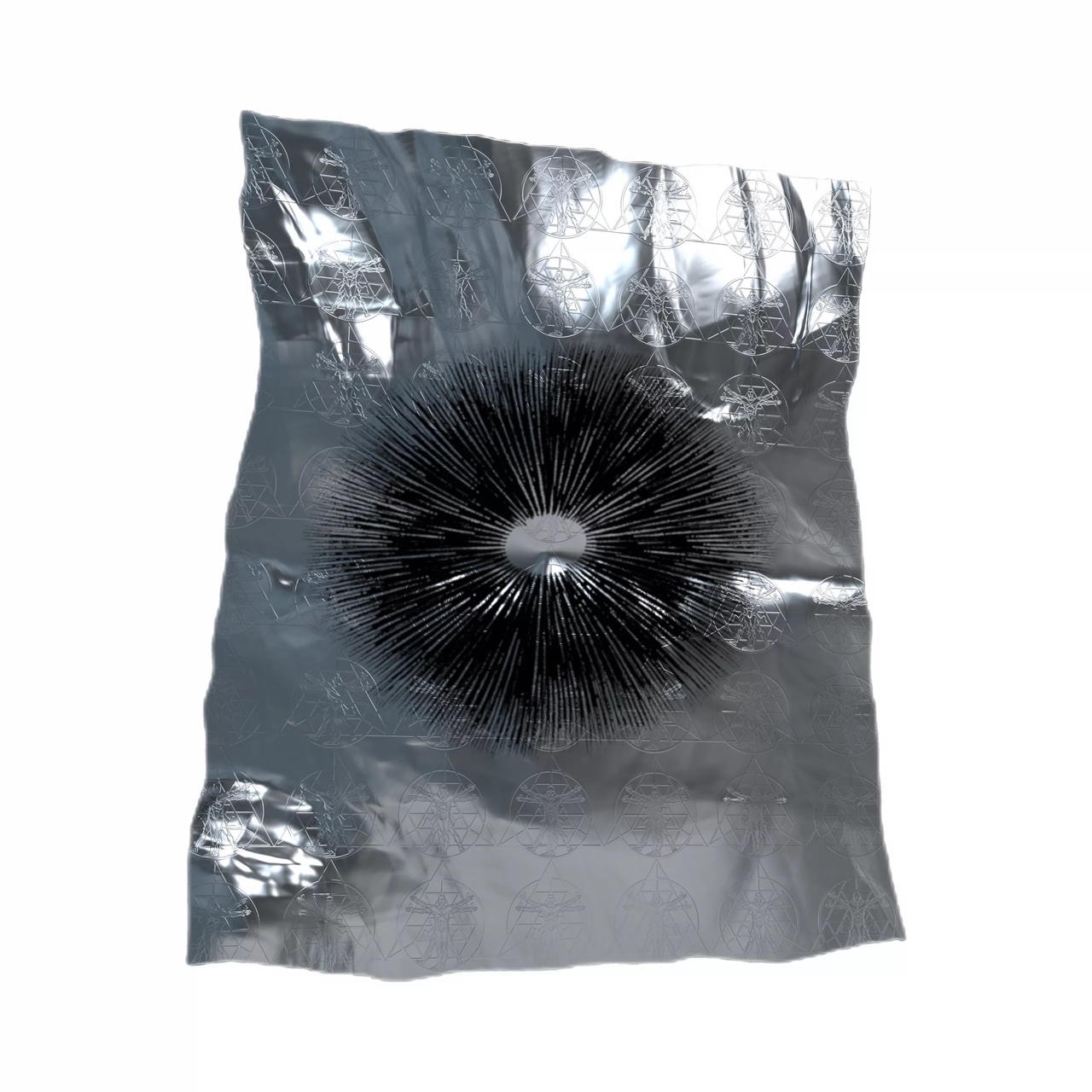
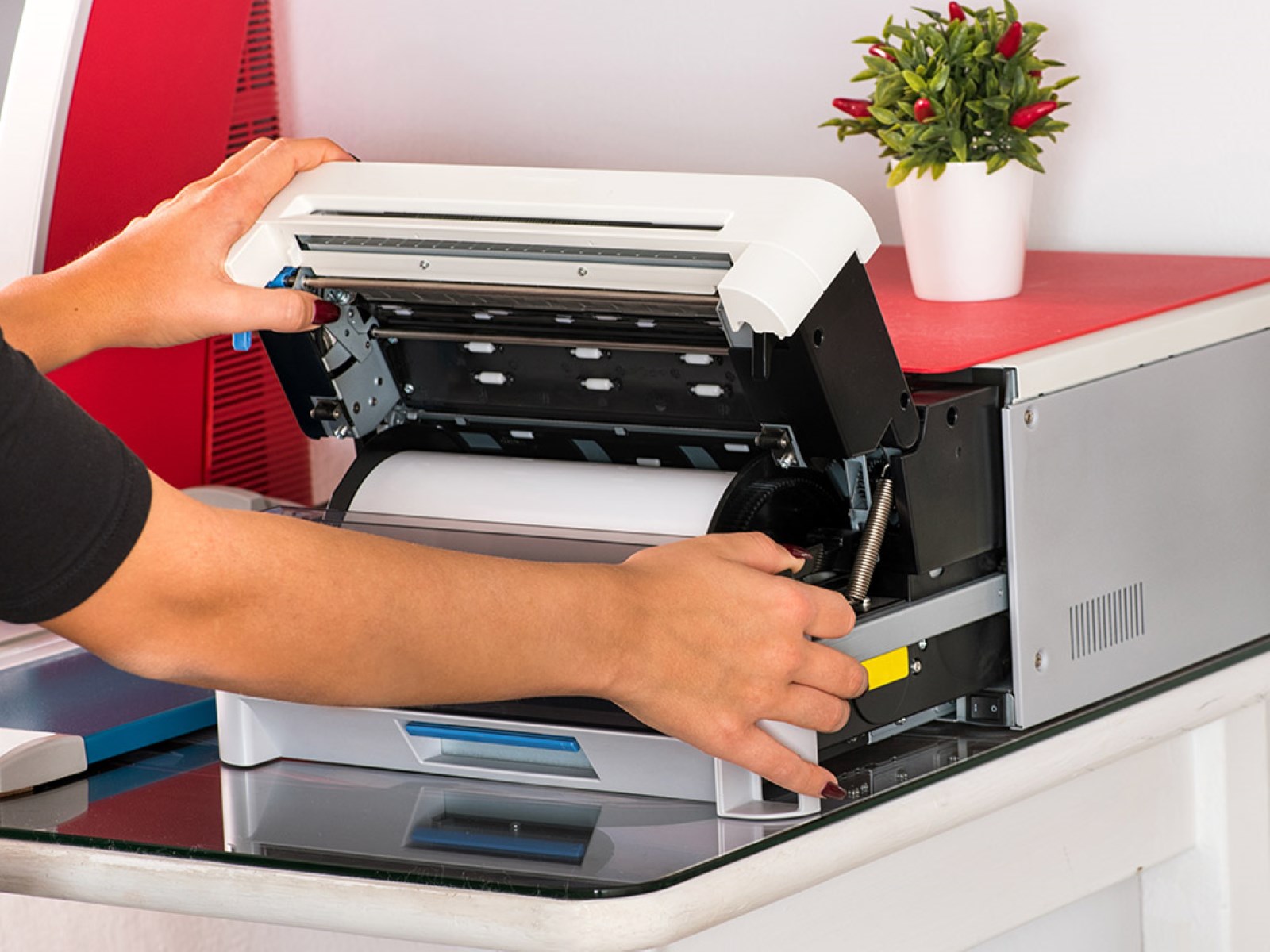
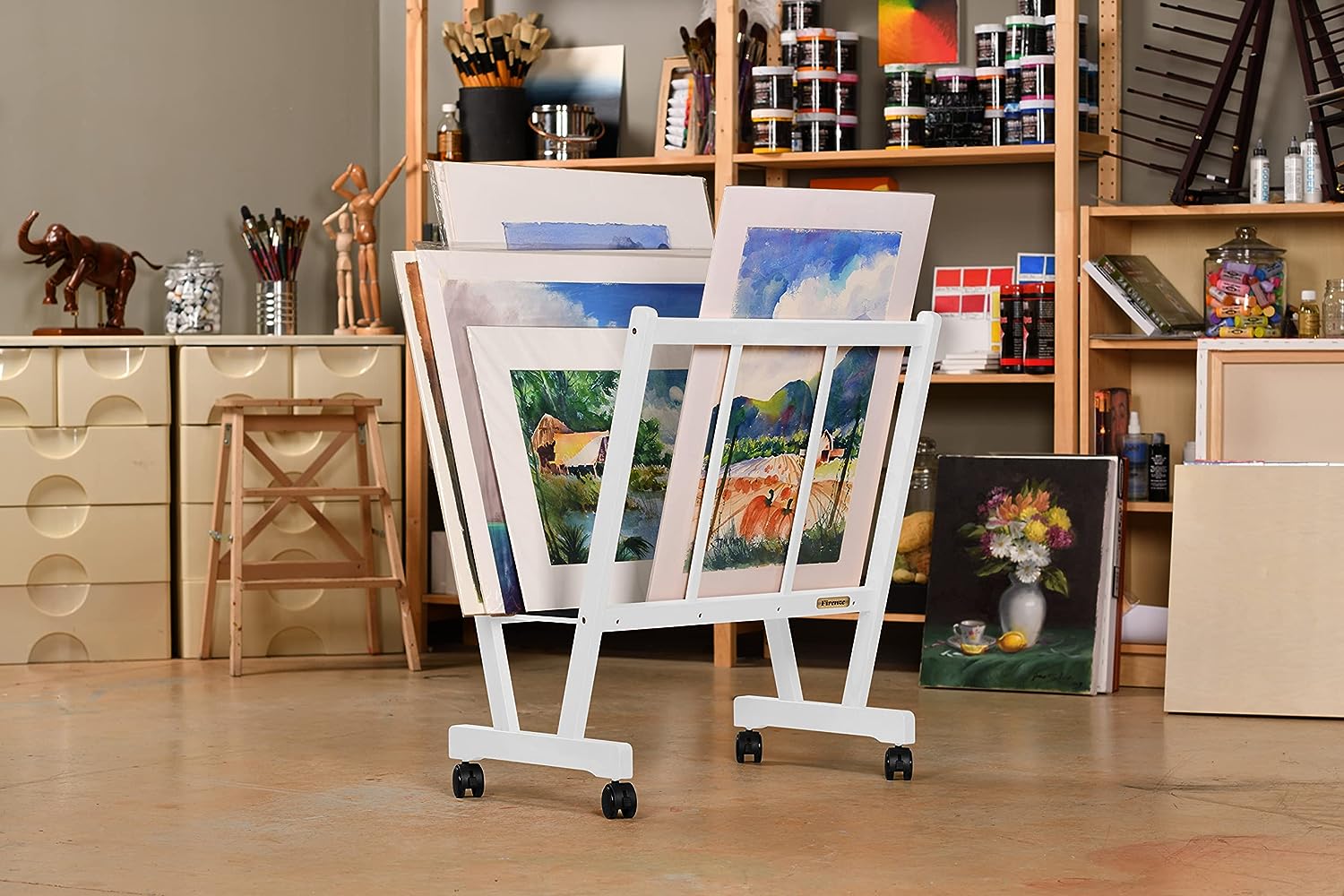


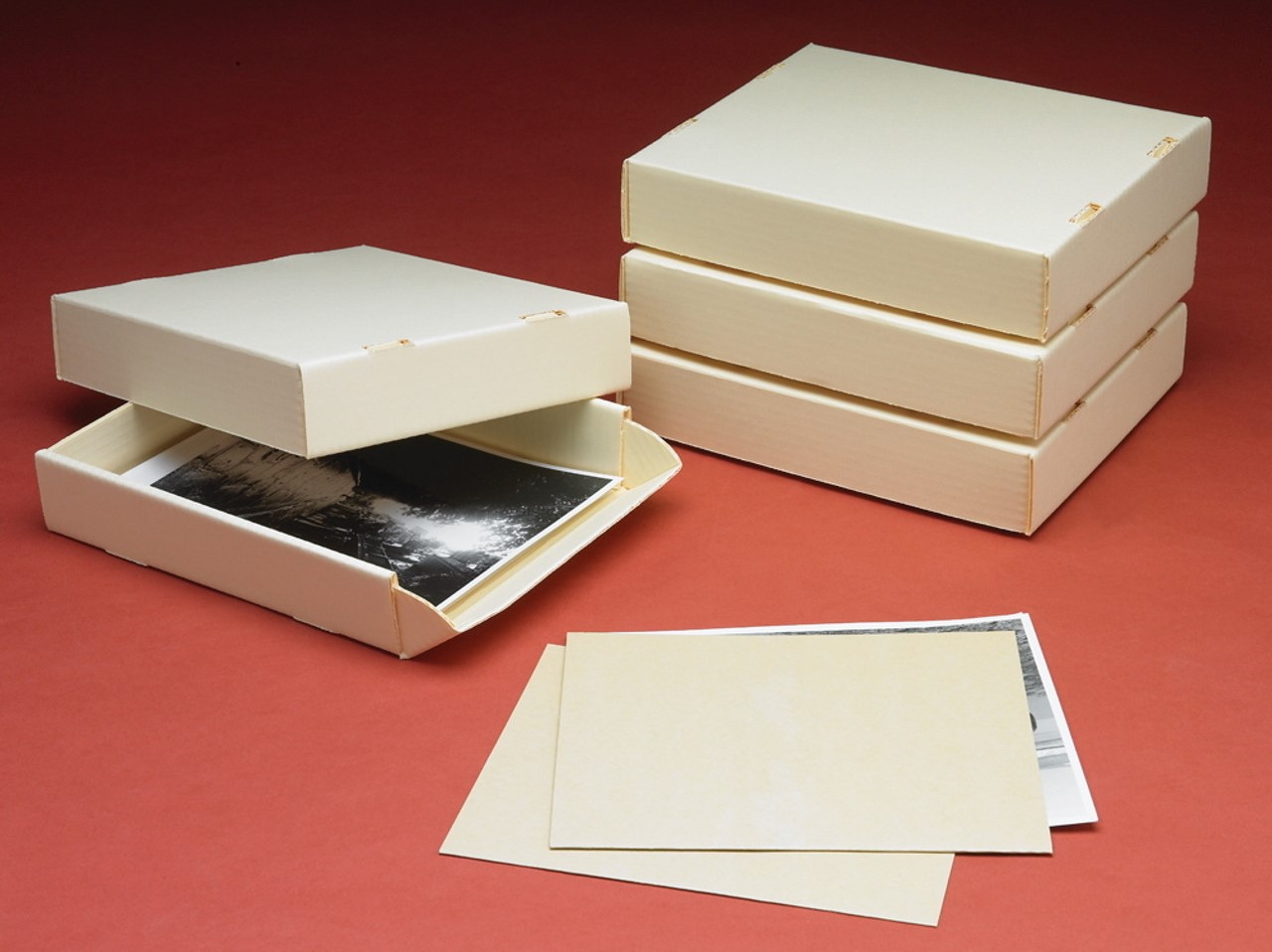
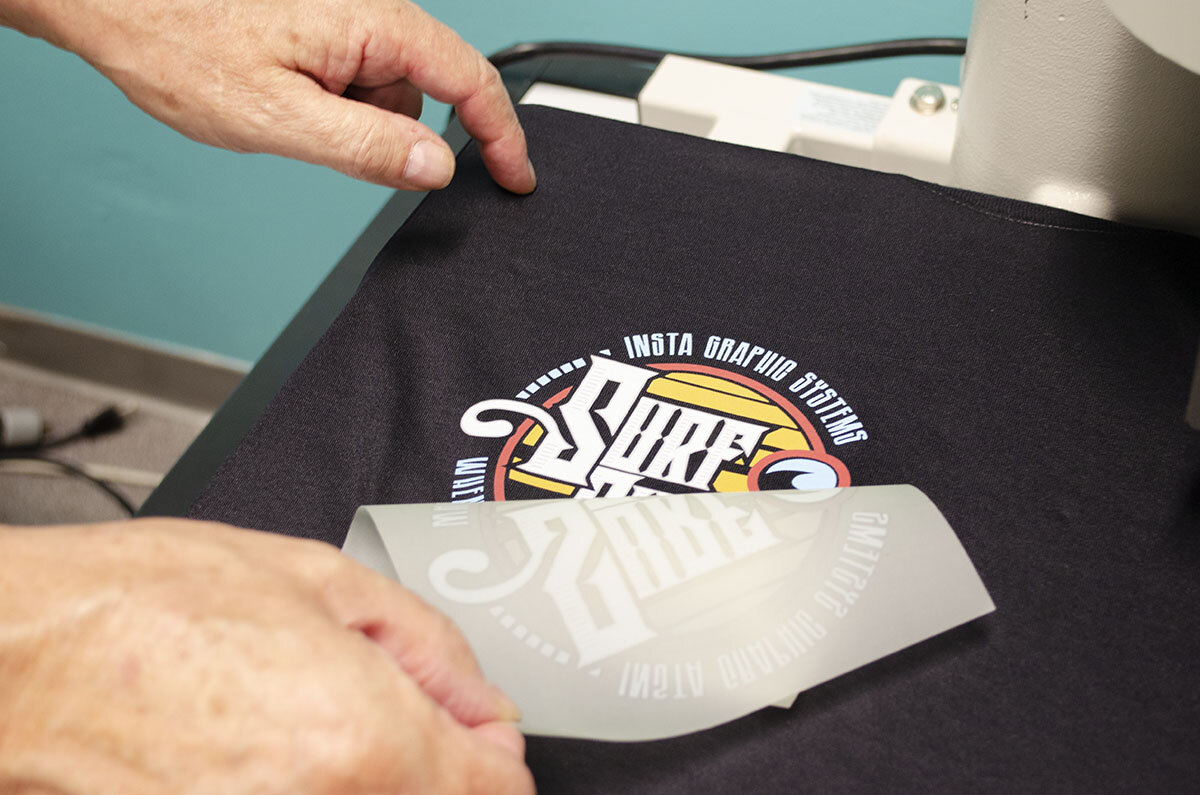


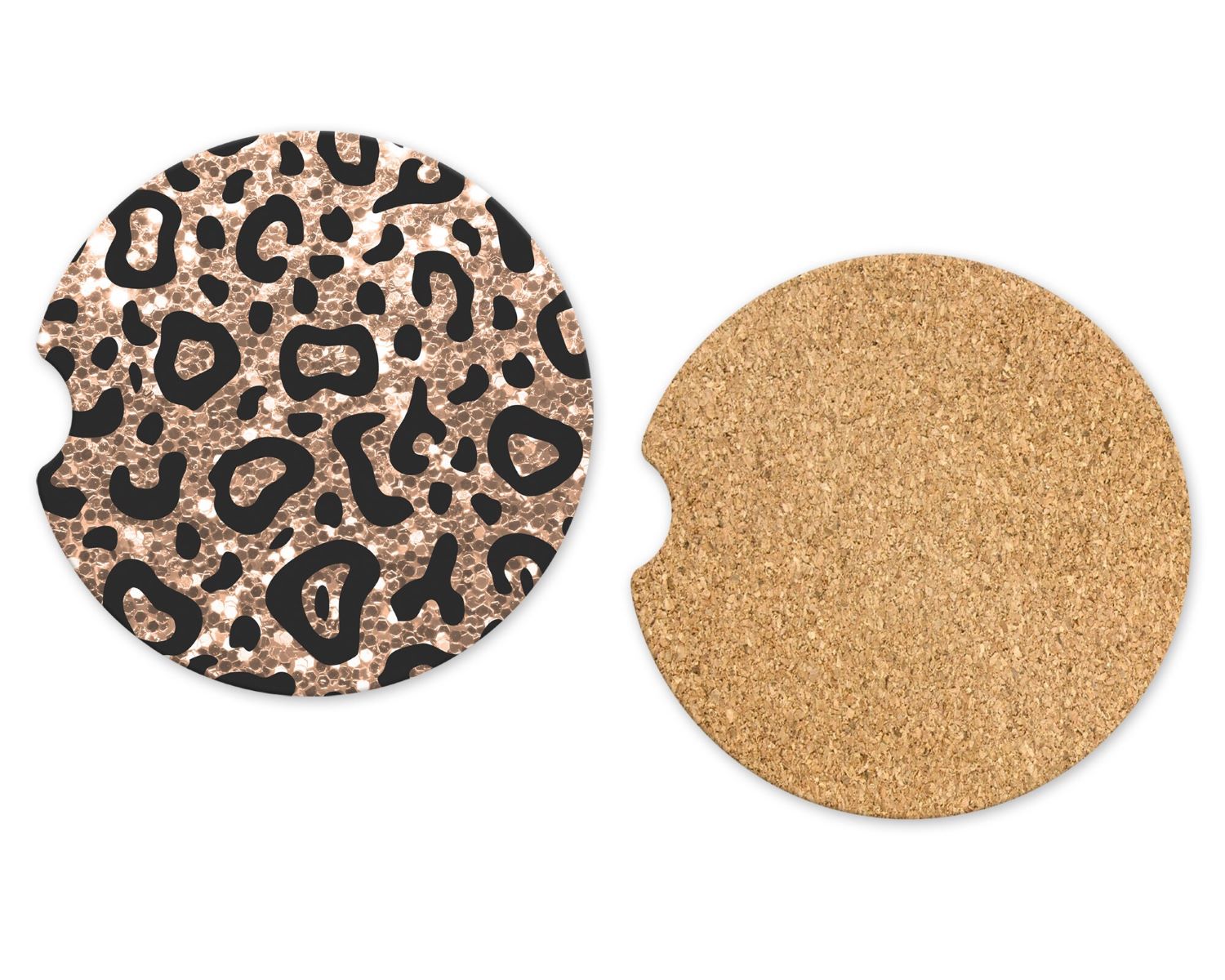


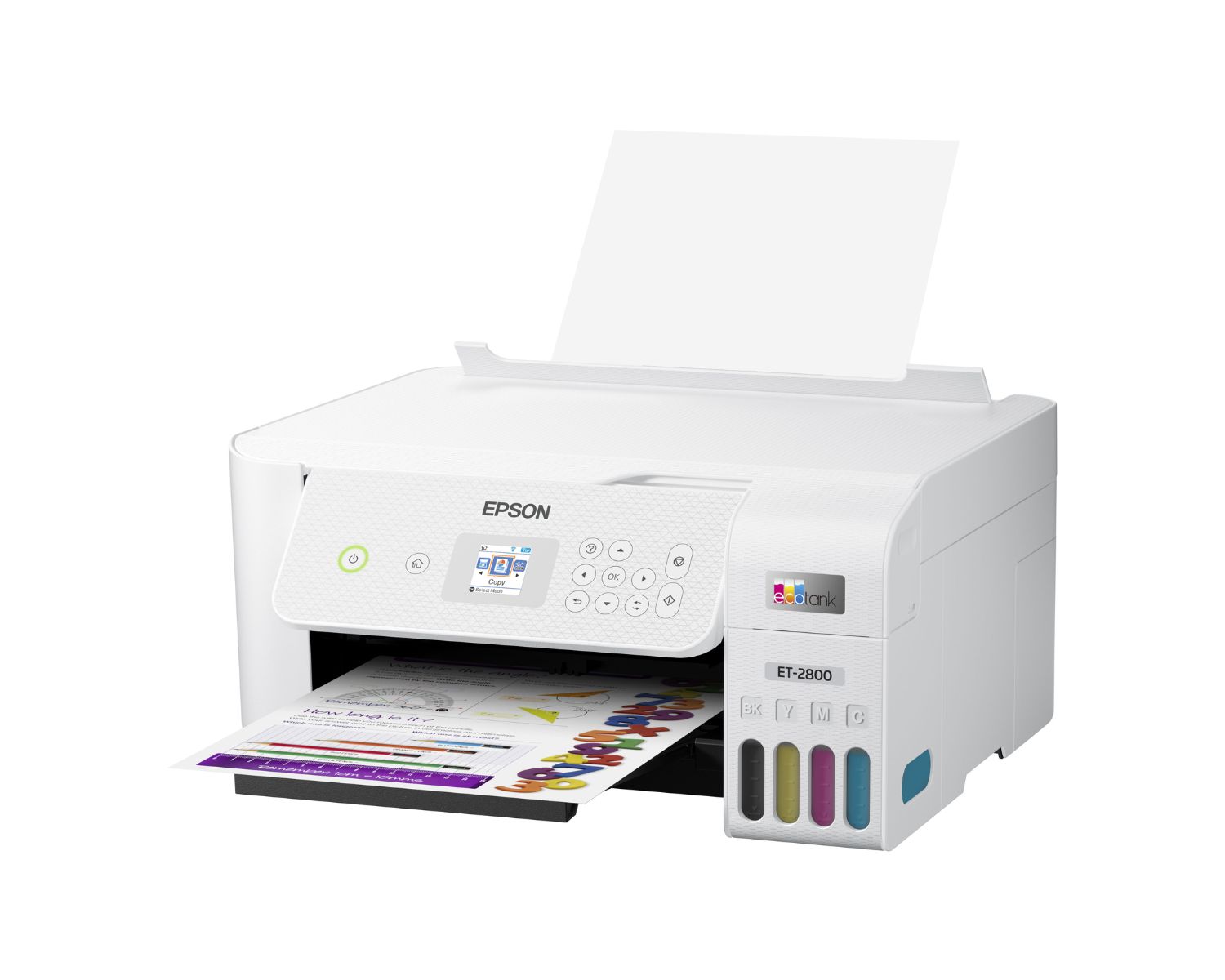

0 thoughts on “How To Store Sublimation Prints”